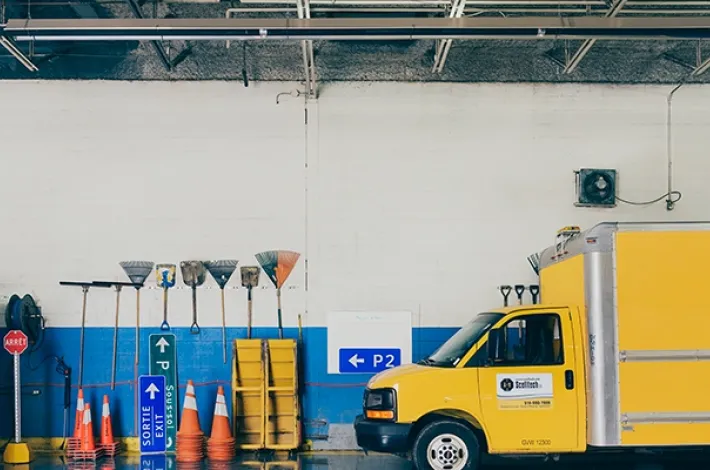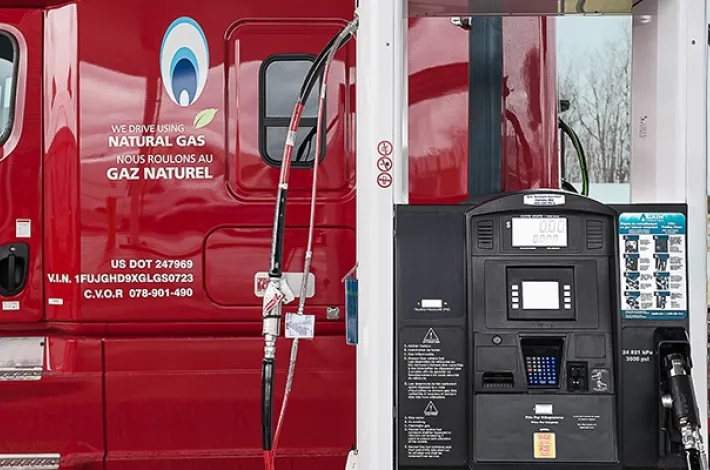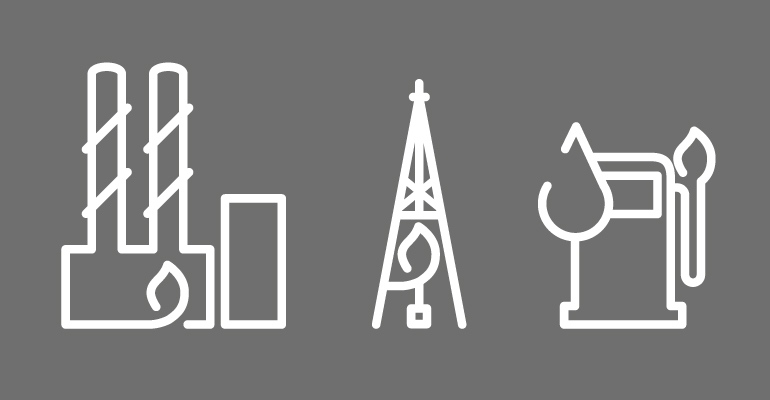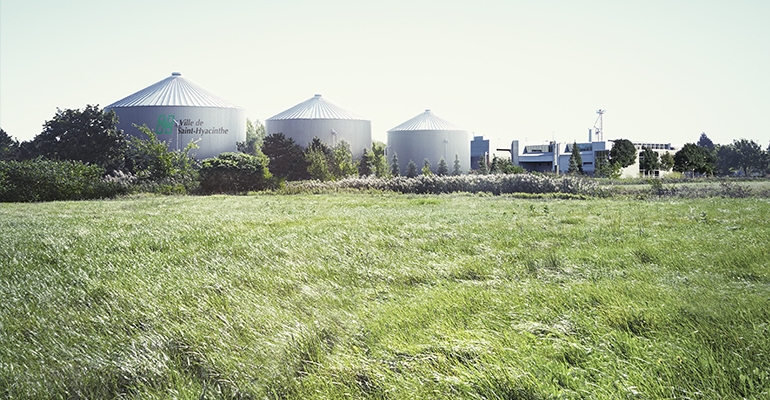
Damage while excavating: prevention is the solution

Of the nasty surprises that can arise on a construction site, accidentally damaging an underground pipeline is one of the most serious. And yet, it is one of the easiest to prevent. During the Underground Infrastructure Damage Prevention Month, Info-Excavation reminds us of some important points.
The ground in Québec holds more than just earth and rocks. It also conceals a complex network of telecommunication and electric cables, gas conduits, sewers, water lines, drainage systems, oil pipelines, etc. As soon as the digging starts, especially in agglomerations, there is a fairly high chance of hitting upon some kind of infrastructure.
This is why the province records a high number of accidents resulting in damage: close to 1,100 in 2015, or almost five per day!
Damage to infrastructure not only costs the owners, there is also the cost of collateral damage, up to $109 million per year according to the Center for Interuniversity Research and Analysis of Organizations (CIRANO).
“It is not unusual for damage to require involving two fire trucks, evacuating neighbouring residences and businesses, setting up a safety perimeter that disrupts road traffic, and interrupting service for thousands of users. After the alarm is sounded, there is a huge bill to pay, by both the contractor and society. And that’s not to mention the environmental consequences, such as noise and pollution,” explains Nathalie Moreau, General Manager, Prevention and Public Affairs at Info-Excavation.
All it takes is a simple request
The main culprits are improvisation and lack of knowledge about the ground, indicates this non-profit organization that brings together property owners, municipalities and prevention partners to protect underground infrastructure.
It’s hard to blame bad luck when the full map of many Québec municipalities is available for free in a digital format. For two-thirds of the damages that occurred in 2015, there was no locate requests placed ahead of time. However, many cases could have been prevented by placing a simple request online or through the mobile application to learn what underground infrastructure there was at the site.
Another troubling statistic: 58% of damages are cause by sub-standard excavation practices, which demonstrates the extent to which workers need to be properly informed.
Zero damage objective
Info-Excavation is already planning to ask the government to enact legislation to strengthen damage prevention. Until then, information is the solution.
With the high season for the construction industry just around the corner, the organization recommends that owners require that their suppliers locate infrastructure before beginning work. Contractors are expected to adhere to Québec’s Safety Code for the construction industry (section 3.15.1), but this requirement is apparently not enough. To help, Info-Excavation has created a Writer’s Guide for those preparing calls for tender.
The organization’s other initiatives include free training for workers, managers and engineers on all steps in preventing damage, and the Damage Information Reporting Tool that various stakeholders can use to quickly report incidents (damage, near misses, stop time) to keep the database updated in all confidentiality.
For more information, visit Info-Excavation’s website.
You may also like...





